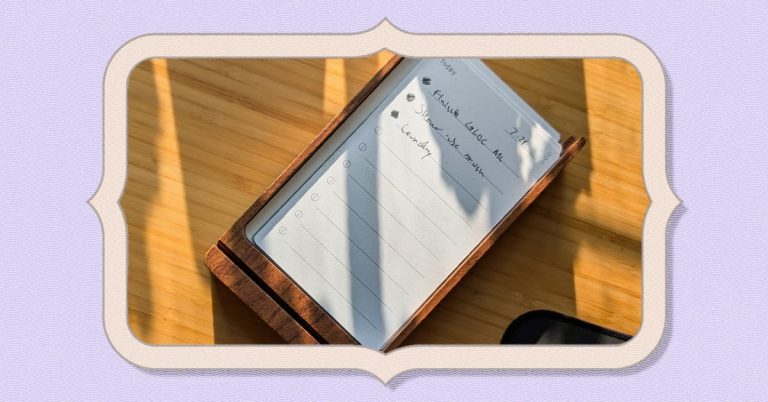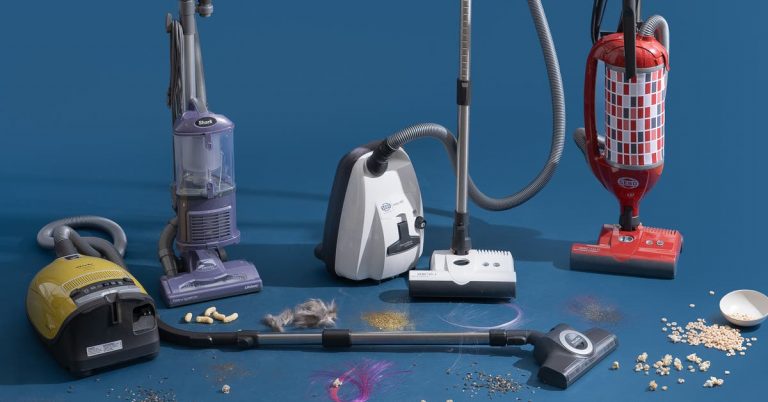The Furnace and Air Conditioner Filters We Would Buy for 2025

To decide which filter we’d buy, we needed a more-pragmatic explanation of MERV, so we turned to Kathleen Owen, a research engineer specializing in air filtration. Owen almost literally wrote the book on MERV: In the 1990s she helped define the American Society of Heating, Refrigeration, and Air-Conditioning Engineers’ ASHRAE 52.2 standard, which is used to set the ratings. She later chaired the ASHRAE 52.2 committee, which regularly updates the standard to address changes in filter technology.
MERV 1 through 16 “gets you from filters that might catch a golf ball — I’m exaggerating a little bit — up to filters that will catch almost everything,” Owen said. “I like to tell people that each of those filters has a purpose.”
• MERV 1 to 4 (and unrated): These are the cheapest (some are under $1 apiece) and most basic MERV-rated filters. Their purpose is to keep particles larger than 10 microns — including pet hair (but not dander), carpet fibers, and heavy dust — from clogging the heating/cooling coils and ducts in your HVAC system, which can lead to costly equipment failures. These filters have little to no impact on fine particulates, like pollen and smoke, so they will not do much to ease respiratory issues.
• MERV 5 to 7: Owen said filters in this range were created as an improvement on the basic MERV 1 to 4 filters. And they’re designed to also filter out midsize particles (3 to 10 microns), including most pollen and mold spores, which could encourage mold growth on heating/cooling coils. These filters are not widely sold in stores, but they can be found online.
• MERV 8 to 13: This is the range we’d recommend for people who are concerned about their indoor air quality. “It covers most of the stuff that people are likely to breathe in,” Owen said. Echoing that, the EPA says filters rated MERV 7 to 13 “are likely to be nearly as effective as true HEPA filters at controlling most airborne indoor particles.” The higher end of the range, MERV 11 to 13, removes about 20% to 50% of the very smallest, 0.3- to 1.0-micron particulates. Between annual wildfires and growing evidence of long-term negative health effects from fine particulates, we now focus on filters in this range for this guide.
• MERV 14 to 16: These specialized filters require a purpose-built HVAC system; they’re widely used in hospitals and some commercial and industrial environments, but they’re generally not used in homes.
So why doesn’t everyone get a MERV 8 to 13 filter? Aside from the higher cost, there’s a concern your equipment might not be able to handle the increased air resistance that comes with higher MERV ratings, according to engineers from two of the major HVAC manufacturers, Trane’s Jay Ayers and Carrier’s Doug Powell. Like Owen, they emphasized that MERV filters in this range restrict airflow more than low-MERV filters, as measured by the drop in air pressure the filters create when installed.
It used to be impossible to know how much air resistance (sometimes called “pressure drop”) a given filter puts on your HVAC system. But in July 2024, a change to California regulations came into effect that requires filter makers to list the resistance on the filter packaging. For the first time, it’s possible to directly compare filters based on both their filtering ability and the workload they put on your equipment.
Not all manufacturers have completed the necessary testing yet, but many have. And anyone, Californian or not, can look up approved filters in the California Energy Commission database. (It’s currently being redesigned for better user-friendliness, CEC appliance efficiency manager Peter Straight said. I spoke with Straight at length to better understand the regulation and the testing. For now, select “Air Filters” from the two drop-down menus, and then search for your chosen filter brand and dimensions to see if your filter is listed.)
I compared the initial and final resistance of 1-inch-thick MERV 13 filters from eight major brands in a common dimension, 25 inches by 20 inches. The initial and final figures show how much strain filters put on an HVAC system when they are new and after significant use.
Specifically, I looked at filters’ initial air drops at Air Flow Rate Value 1 and 3, which represent 50% and 100% of the test air-flow rate, respectively. (Imagine your HVAC system running at half-speed and on full blast.) If you decide to do your own research, the key thing is to compare filters of the same thickness and surface area.
In the database, resistance is given in inches of water column (inch wc), aka inches of water gauge (iwg). To put that in more-familiar terms, 1.0 inch wc is approximately 0.036 psi. That’s not a lot — about one one-thousandth the pressure in a car tire.
Our picks below are all MERV 13 filters with both low initial and low final resistance — meaning they won’t greatly increase the strain on your system as they clog up with captured particles. For that reason, we’re confident that they are safe for the vast majority of HVAC systems. They may even reduce the strain your current filters are causing: Some lower-MERV filters have unusually high pressure drops. (As a side benefit, that would slightly reduce your energy consumption, too.)
But let’s say you’re at the hardware store, looking at three or four filters of the same size and MERV rating. You want to know which one is going to put the least strain on your system. But if you’re like me, there’s no way you’re fiddling with the database on your phone while standing in a store aisle.
It turns out there’s an easy visual way to compare filter resistance: Just count how many pleats each filter has. More pleats mean the filter has a larger total surface area. “By having more surface area, you’re essentially giving more places for the air to pass through, and the resistance of those filters is lower,” Straight said. “Thus, they’re going to last longer, and they’ll also have less of an impact on the energy use of your system.”
All of that said, if you’re concerned about overtaxing your HVAC system, it’s best to check with your contractor before changing the type of filter you use.






